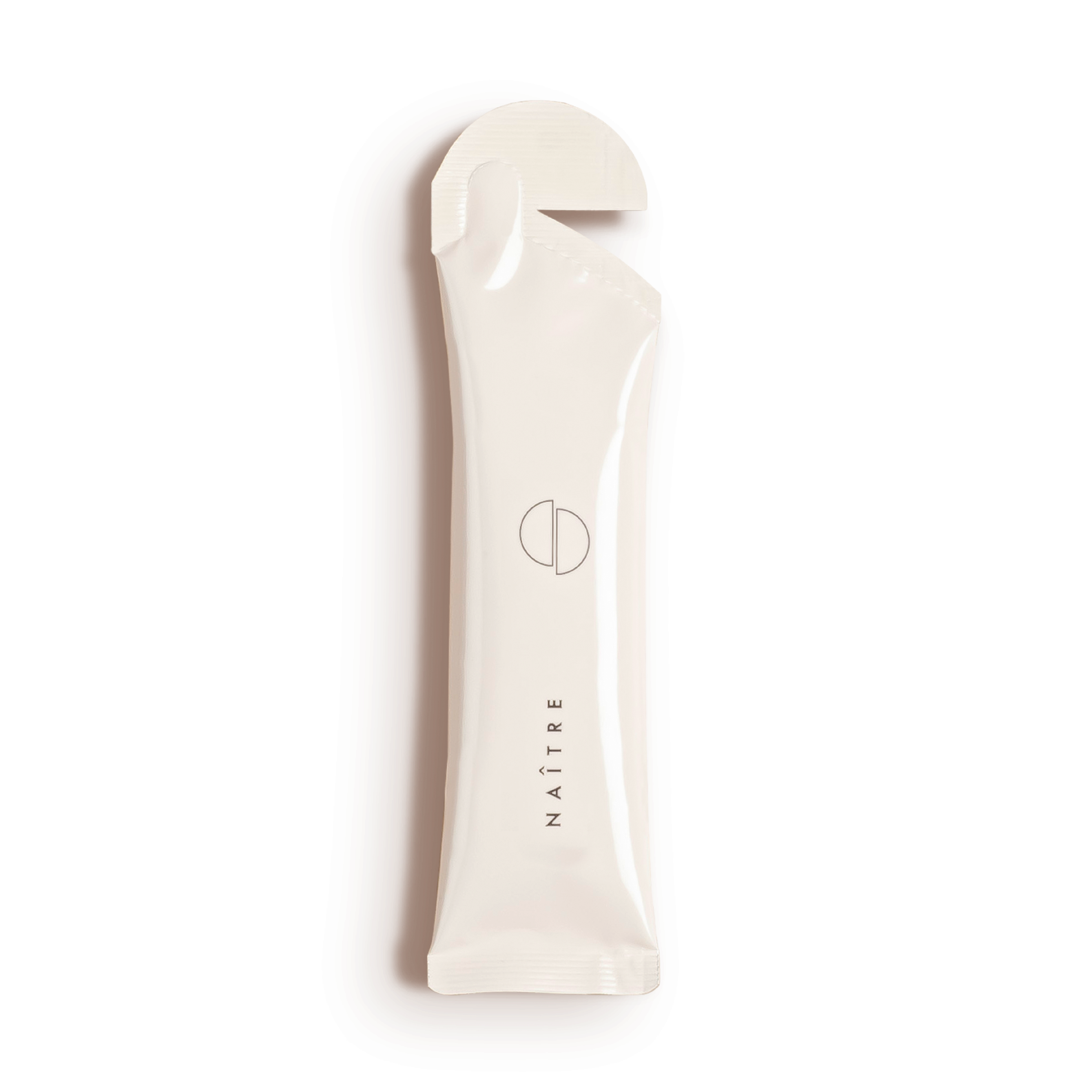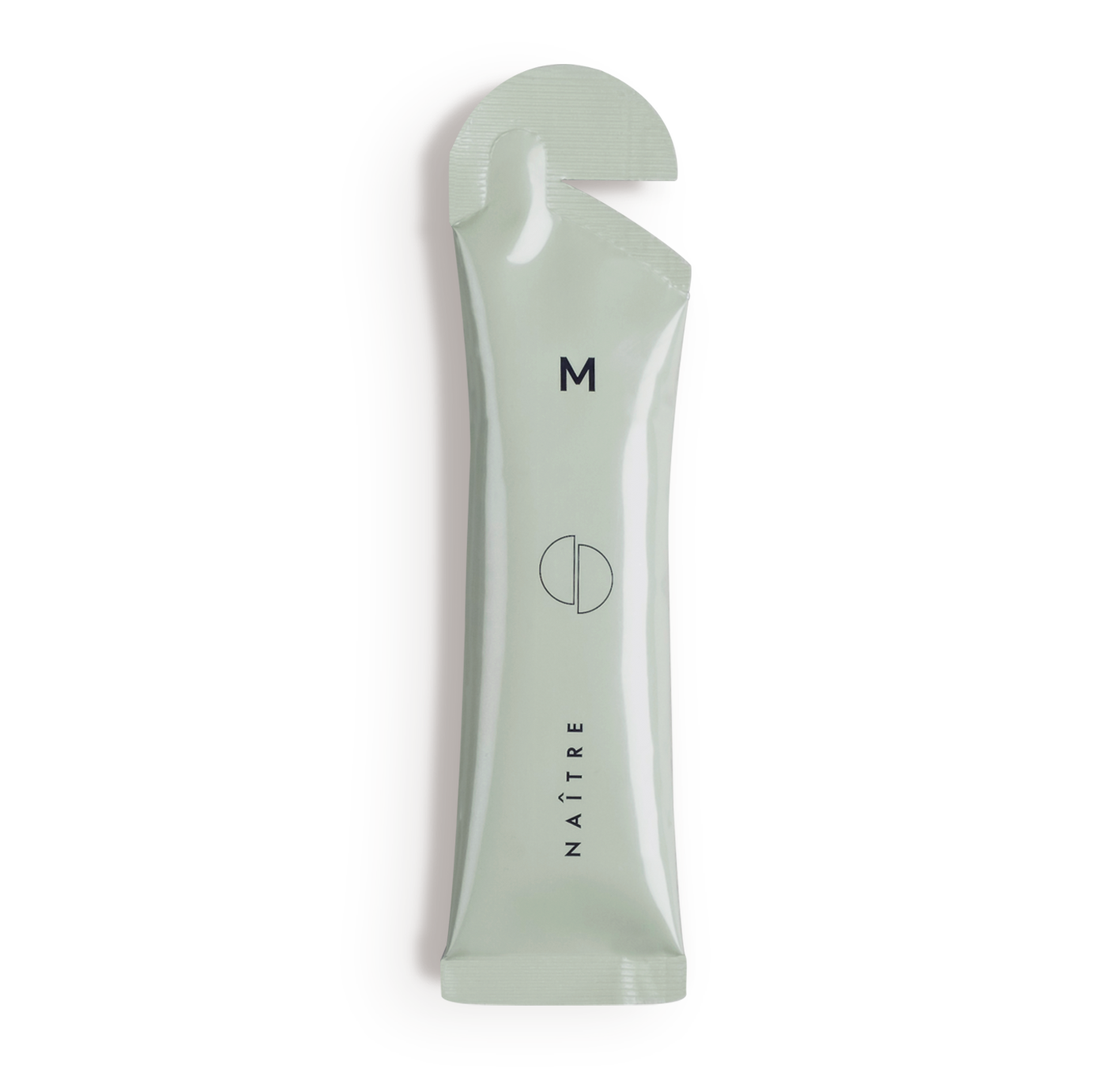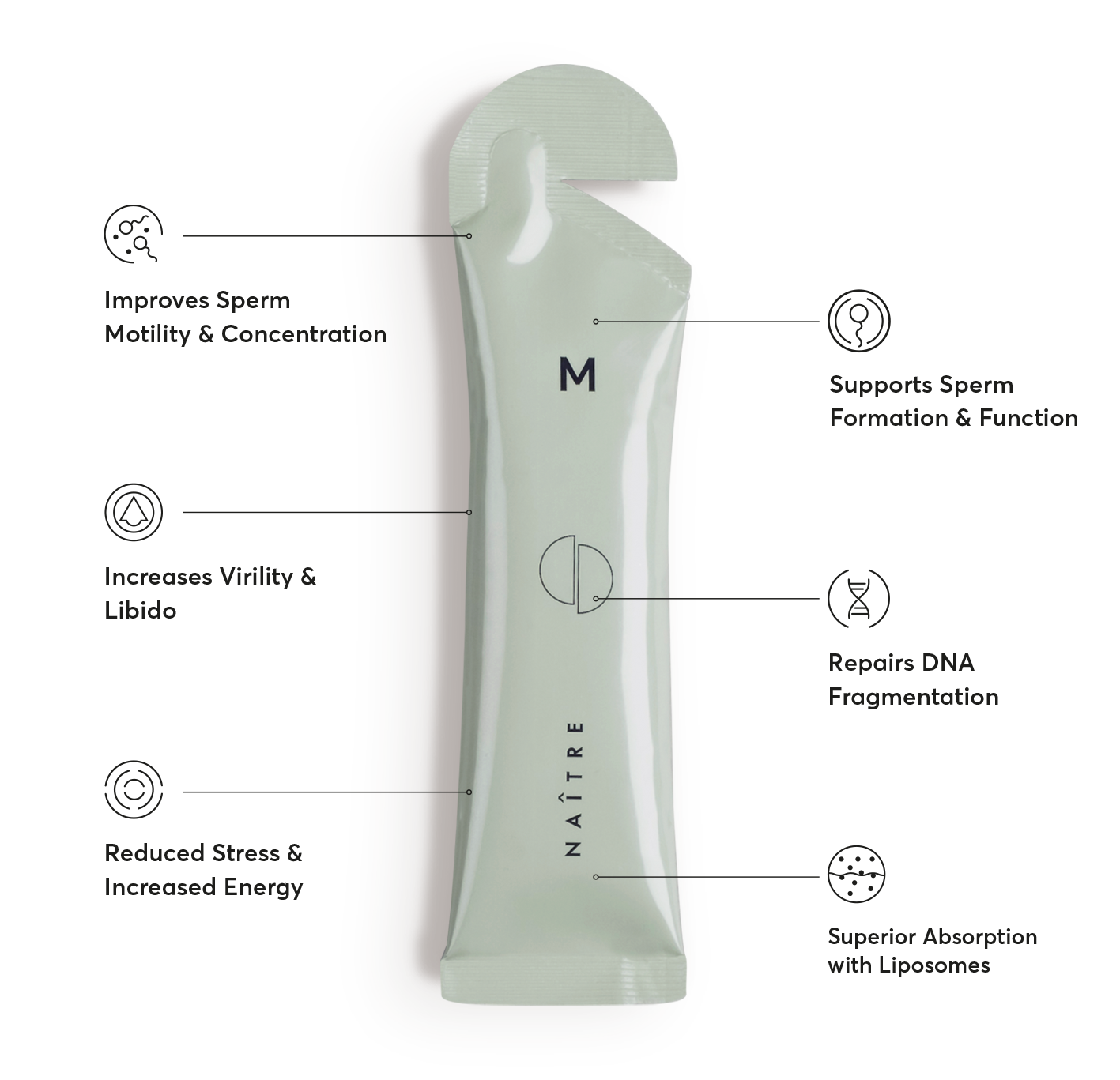
If you’re planning pregnancy, now is a good time to learn a little more about your menstrual cycle. This knowledge will help you to understand when in your cycle you are most likely to fall pregnant. This might improve your chances of reproductive success.
Overview of the Menstrual Cycle
The female menstrual cycle is a delicate balance of hormonal fluctuations which control the reproductive system, involving the brain, uterus, fallopian tubes and ovaries. The cycle starts on the first day of one menstrual period, and lasts until the next. The average length of one cycle is around 28 days, but this can vary from 21 to 40 days.
During each cycle, rising hormone levels cause follicles in the ovaries to grow, and one follicle will release an egg (ovulation) which travels down the fallopian tube. At the same time, the lining of the womb thickens in preparation for potential pregnancy. If fertilisation does not occur, hormone levels drop, the egg is reabsorbed, and the lining of the womb is shed as a menstrual period.
Phases of the Menstrual Cycle
There are four phases of the menstrual cycle:
Menstruation
This phase begins on day one of bleeding. This is when cells from the endometrium (lining of the womb) is shed. Your period therefore contains endometrial cells, and blood. Menstruation typically lasts for 2–7 days.
Follicular phase
The follicular phase, sometimes referred to as the preovulatory or proliferative phase, actually begins at the same time as menstruation. During this phase a hormone called follicle stimulating hormone (FSH), secreted by the pituitary gland, causes growth of 5–7 mature follicles in the ovaries. Special cells in these follicles called granulosa cells then begin to release increasing amounts of oestrogen. This rising oestrogen stimulates thickening of the endometrium, priming it ready for pregnancy.
At around 7 days, one of the mature follicles has emerged as the dominant follicle, and it prepares to release its egg. Towards the end of the follicular phase, there is a surge in another hormone – luteinising hormone or LH.
Ovulation
The LH surge triggers release of the egg from the mature follicle, which occurs around 10–12 hours after the peak in LH levels. After release the egg travels down the fallopian tube and towards the uterus. If sexual intercourse occurs during this journey, the egg may be fertilised. The egg is only viable for 24 hours, and if it’s not fertilised during this time, will degrade and be reabsorbed.
Luteal phase
The luteal phase starts with ovulation and ends at the first day of the next period.

Discover our unique Liposome Fertility Formulas, developed for couples >
The Fertile Window
The window during which fertilisation can take place is relatively short. Once the egg has left the ovary (ovulation) and started moving down the fallopian tube, it only has around 24 hours where it can be fertilised. However sperm can survive within the female reproductive tract for up to 7 days, so intercourse in the days prior to ovulation, and the day of ovulation, have a good chance of resulting in pregnancy.
When should you have sex?
The NICE guidelines suggest coitus every 2–3 days to optimise the chance of pregnancy. Most pregnancies result from sexual intercourse occurring over a 6-day period, starting from five days before ovulation, and including the day of ovulation, so to maximise your chances of conception, you might want to focus on this period.
Discover our unique Liposome Fertility Formulas, developed for couples >
How to identify ovulation
So, the key to identifying your fertile period is to figure out your likely ovulation day! There are numerous methods to help with this:
Dating
Ovulation typically occurs 14 days prior to the first day of your next period, regardless of cycle length. This is an easy place to start in identification of ovulation, and is most accurate where your cycle is very regular. For example, in a regular 28-day cycle, ovulation will likely occur on day 14, two weeks after the first day of your period. So you might want to make sure you’re having unprotected sex from day 9 (5 days before predicted ovulation) to day 14 (the day of ovulation).
Basal body temperature
This is your body’s temperature, taken first thing in the morning, before eating, drinking or moving around. Studies have shown that temperature may increase by half a degree just prior to ovulation, however this has not been shown to be a reliable indicator of ovulation.
Cervical mucus
It’s been shown in several studies that the volume of mucus surrounding the cervix is greater, and feels waterier, with a consistency similar to raw egg white, around the time of ovulation. This makes sense as it will be easier for sperm to pass through. This change can be utilised to predict fertility, and is known as the Billings method. It’s not clear how accurate this is as a method of predicting ovulation, with some studies reporting only a 48% correlation with ovulation detected via an ultrasound.
Position of the cervix
The cervix is the opening to the womb, through which sperm must enter to be able to access an egg for fertilisation. In the fertile period, the cervix has been shown to change from being low and firm, to high and soft, with the cervical os (entrance) becoming slightly open. Cervical position has been shown to correlate with basal body temperature and cervical mucus signs of ovulation however it’s not clear how accurate this would be on its own as a marker of ovulation.
Other characteristics
Women can experience a mild pain at the time of ovulation, known as “mittlelschmerz”, German for “middle pain”, may have breast tenderness, increased libido and vaginal engorgement. However, these can be subtle signs that not all women might experience, so their usefulness may be limited in predicting ovulation.
Urinary LH
Commercially available kits are available to measure urinary LH, which has been shown to be a reliable measure of ovulation in up to 100% of women.
Tracking
In general, fertility awareness works best with a combination of the above methods, along with careful tracking. There are numerous charts available for tracking predictors of ovulation, and there are now mobile apps and computer programmes available to assist. No home method is 100% accurate, and women may wish to weigh up convenience, accuracy and cost when finding a method that suits them.
Summary
In summary, it’s important to understand your own menstrual cycle to aid in conception. With a little reading and a few months of tracking your cycle, you’ll be in a much better position to identify your fertile period, and increase your chances of pregnancy. If you do not fall pregnant within a year of trying, it’s important to speak with your doctor.






